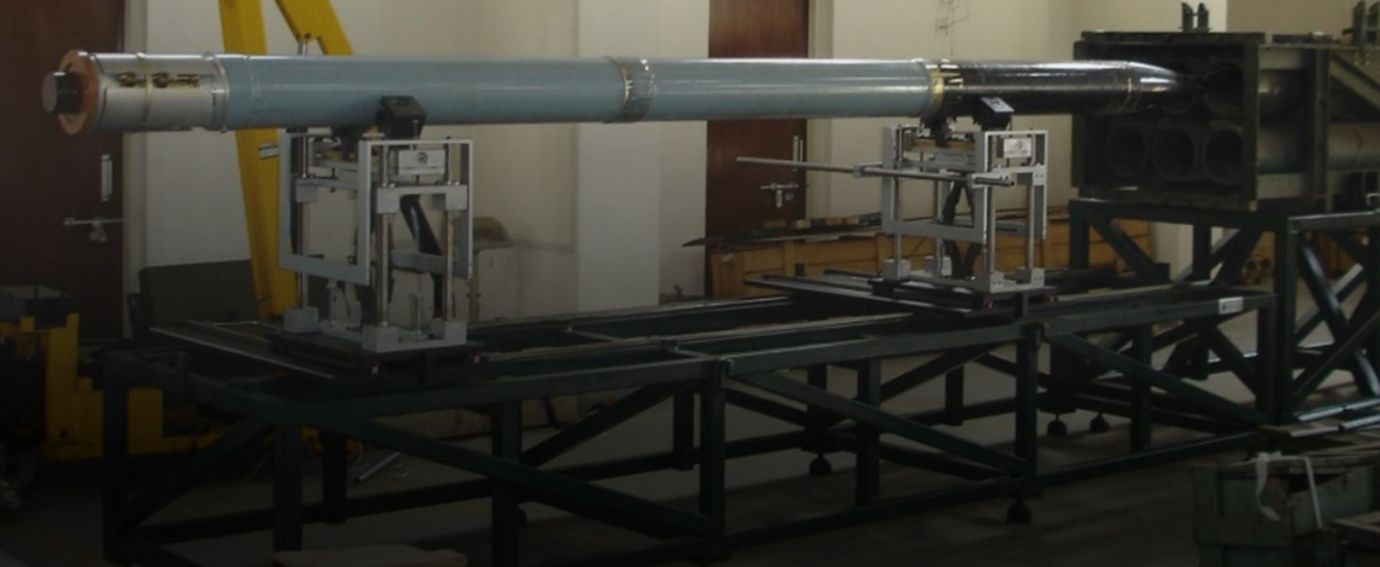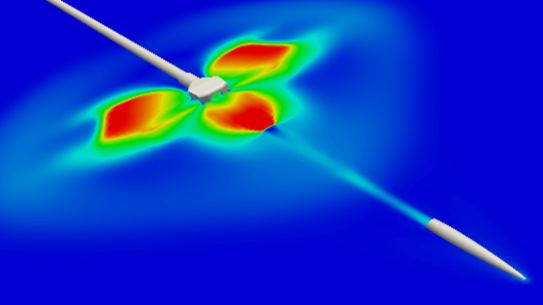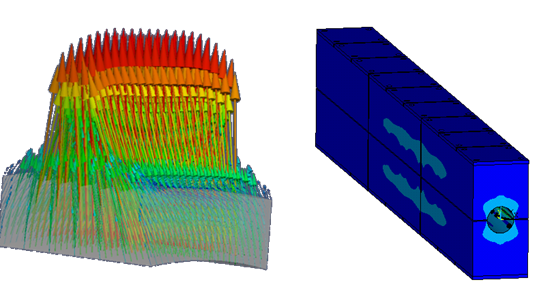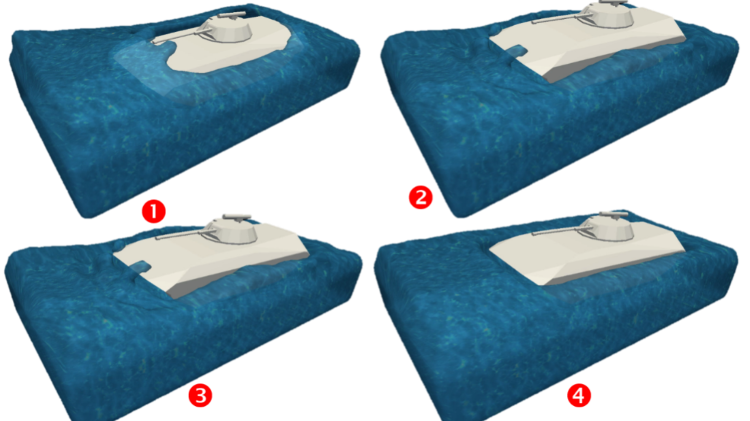Land Systems

Land Systems
Weapons engineering deals with advanced combat equipment, structures, vehicles and information systems. These are specially designed for warfare, having no civilian application. Our team has developed a deep insight on design basis and system engineering for ammunition, small arms, artillery and armoured vehicles. We have been supporting design teams and producers of armaments with solutions for product development and performance enhancement.
Areas of Specialization
- Design optimization of artillery systems
- Internal, Intermediate, External and Terminal Ballistics for Ammunition
- Infantry combat vehicle (ICV) sub-system design
- Small arms firing and noise suppression
- Bulletproof jacket and other armours
- Special applications like Rail Gun or Laser threat detection
Our Experience
- Artillery gun muzzle brake and recoil design
- Air intake and floatation of infantry combat vehicle (ICV)
- Silencer and flash suppressor for small arms (gas-operated gun)
- Internal ballistics and balloting for artillery shell and FSAPDS
- Range tables for shells and mortars
- Specialized software for bullet or FSAPDS penetration
Projectiles
Military Tanks
Launcher Systems
Artillery Systems
Power Units
Military Armours
Ballistics is the science of launch, flight and impact of projectiles. The projectiles include bullets, unguided and guided munitions, rockets and missiles. Ballistic science can be classified into three types viz. internal, external and terminal ballistics. Internal ballistics is the study of projectiles motion inside the barrel of a weapon. Intermediate ballistics is the study of the projectile's behaviour from the time it leaves the muzzle till pressure behind it is equalized. External ballistics is the study of projectiles behaviour during flight. Terminal ballistics is the study of projectiles behaviour when it reaches its target.
The study of ballistics is important for weapons. Ballistic performance determines the range and lethality of the weapon. During firing, the system produces a shock on the projectile and on the weapon platform. The barrel of the weapon should be strong enough to handle the firing event and projectile movement inside it. Structural analysis is done to reduce the effect of the shock. The barrel should also be capable of handling multiple firings. The projectile on impact should not disintegrate during launch & flight. Aerodynamics and flight dynamic studies help the projectile to achieve maximum range. Circular Error Probability (CEP) can be analyzed and reduced by such studies. Projectiles are optimized to achieve a certain Depth of Penetration (DoP).
Case Studies

Design Optimization of Muzzle Brake for 155 mm Artillery Gun
To reduce force on the recoil system, it is desired that suitable muzzle...

Customised Software for Structural Design of Electromagnetic Rail Gun
A rail gun is an electrically powered launcher based on principles...

Floatation of Futuristic Infatry Combat Vehicle using SPH
Design and development of Futuristic Infantry Combat Vehicle (FICV)....